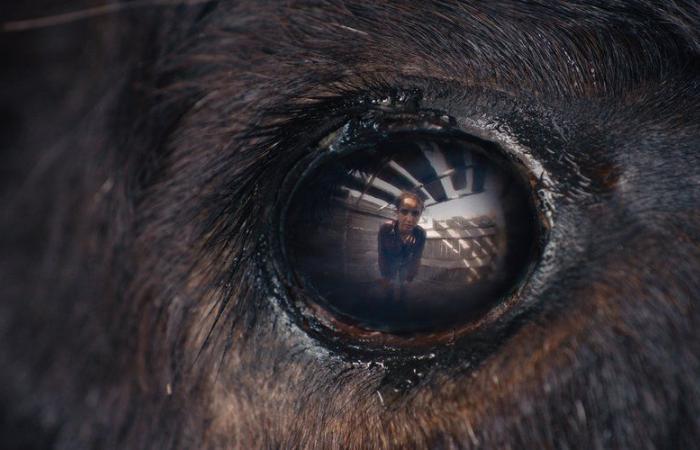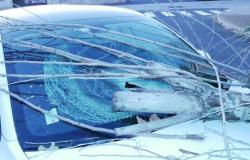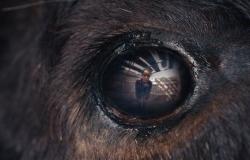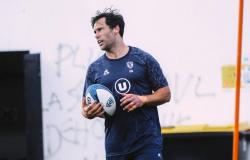
After the romantic comedy “Fragile” filmed in Sète, director of Montpellier origin Emma Benestan takes the genre by the horns, and turns it around, with “Animale” filmed in Camargue. Not to be missed in theaters from Wednesday November 27.
With Fragile, her first feature film, Emma Benestan had signed, from our point of view, the coolest romantic comedy of summer 2021. The fact that she was of Montpellier origin and her film entirely shot in Sète, had not been nothing in this assessment but it didn't spoil anything either! “After Fragile in which I tried to question male fragility in a genre considered feminine, the romantic comedy, I wanted this time, conversely but in a very complementary way, to question the power of a woman in another like, very masculine, the western.” Pour animatedher second feature, very different, just as astonishing, even more astonishing, it was in the Camargue that she set up her camera… even though she had sworn to shoot there again.
Filming in the Camargue
“I made two short documentaries there and, each time, I said to myself “never again”, it’s so complicated for a whole bunch of reasons, including the animals (it’s dangerous, difficult to film…) and However, each time, I returned there. I have been fascinated by the Camargue and its bulls for so long!”smiles the director. His first documentary, A World Without Beasts, focused on a young apprentice handler, the second Take careon Marie Segrétier, the only Camargue shaver.
It was she who inspired Nejma, the heroine ofanimated played by her favorite actress, her friend in real life, Oulaya Amamra. Thus, Nejma is preparing to make her debut in Camargue races. In this exclusively male, and frankly macho, environment, her presence stands out but she has character, a certain talent for bulls, and friends. One evening, after a race which saw her successfully remove attributes for the first time, Nejma celebrates with her fellow raseteurs. A big party. The next day, she no longer remembers anything but discovers herself slightly injured… and slightly different
Hybridize genres
animated could have been satisfied with being a story of feminist empowerment in a very particular and exclusive cultural and sporting environment. He could also have stuck to the Western adventure that his Camargue setting naturally imposes, of which it must be emphasized how powerfully it is magnified by the photography of Ruben Impens and perfectly respected by documentary care and the choice to call on as many local people as possible, non-professionals.
But Emma Benestan also dares to go towards the “bad genres”, in this case tales, fantasy and horror. And like Julia Ducournau (Titane), Coralie Fargeat (The substance), Thomas Cailley (The animal kingdom) and Stéphan Castang (Vincent must die) whose uninhibited view she seems to us to share, she does not go there timidly. , but fully and consciously. “This may seem like a lot for a single film but in reality, in life, we are all multiple!”pleads the filmmaker. “I love hybridity because I believe it tells us better and more. I like films that take side steps like Near Dark by Kathryn Bigelow, a great reference for me, which is both a romance film, a western, a road movie, a vampire film, a family drama… This hybridity speaks to me, it clearly defines the way I want to make cinema!”
As expected, the medium of genre allows Emma Benestan to explore not head-on but emotionally, that is to say without the weight of the didactic but with the clarity of the allegorical, a number of questions that are at work today the social body and the body itself. “The genre allows you to metaphorize super interesting and political issues. Like Get out on racism and class struggle or It follows on abused sexuality”notes the filmmaker. Among other strong gestures of which we leave you the pleasure (even the shock) of discovery, she offers, like her sisters in transfictional audacity mentioned above, another model of representation for the use of a cinema that she loves but of which she recognizes the propensity to overly showcase the victimized, traumatized body of the woman: “In genre cinema, we want another way of talking about the body, to give it power, bordering on monstrosity, to show that it can defend itself, that it can have rage. Today we are in another place in our body: our body can be powerful, it can hurt!”





